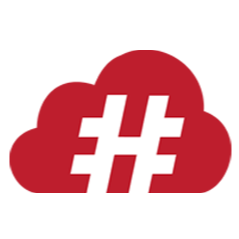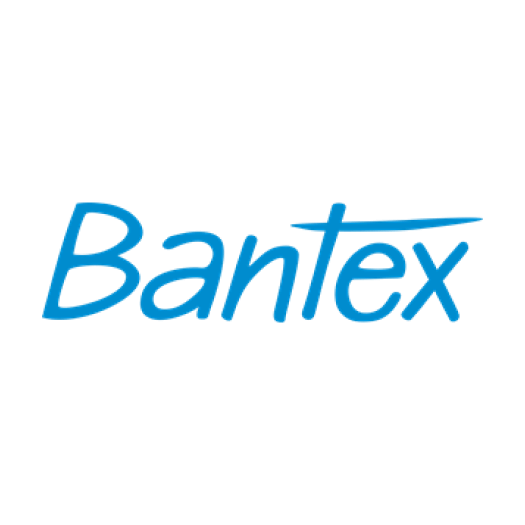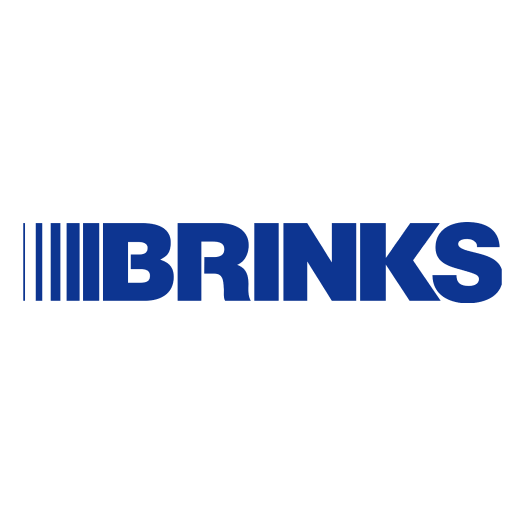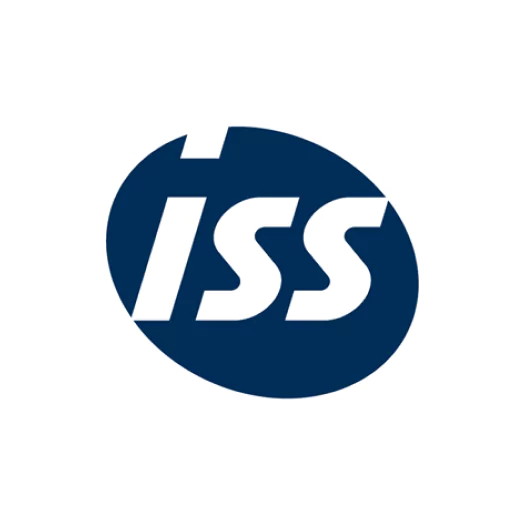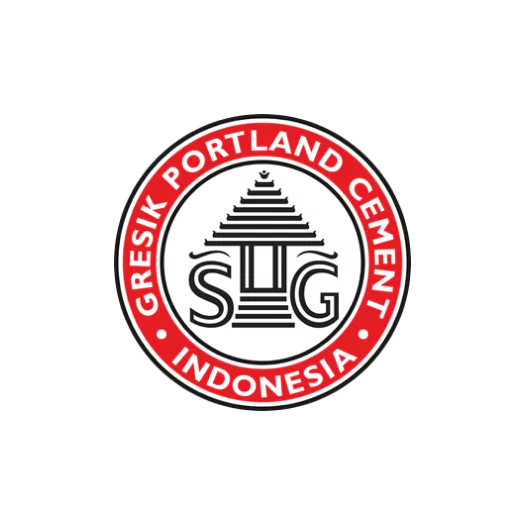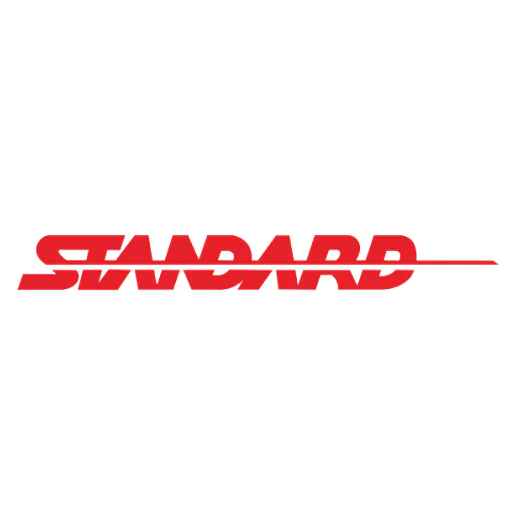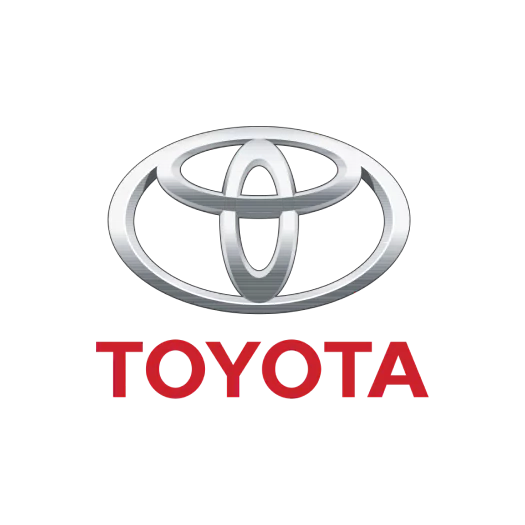Sun Tzu, the legendary strategist behind The Art of War, once said, “If you know the enemy and know yourself, you need not fear the result of a hundred battles.” Within the modern business landscape, success is not just about outpacing competitors but also about understanding your own organization; especially your workforce.
Employees are the backbone of any business, and making data-driven decisions about them can be the difference between growth and stagnation. Currently, businesses in Singapore are facing several challenges such as difficulties in finding skilled talent, poor data quality, and limited workforce analytical capabilities.
In 2022 alone, around 84% of Singapore’s businesses reported talent shortages. This could potentially lead towards operational inefficiencies, increased hiring costs, and reduced competitiveness in the market. Without the right talent, businesses may struggle to innovate, meet customer demands, and sustain long-term growth.
With HashMicro’s Workforce Analytics Software, businesses can streamline HR operations and enhance workforce efficiency. Automate scheduling to prevent conflicts, track probation for better hiring decisions, and manage leave seamlessly to ensure smooth operations. Let us make data-driven decisions and drive growth by keep reading this article.
Table of Content:
Table of Content
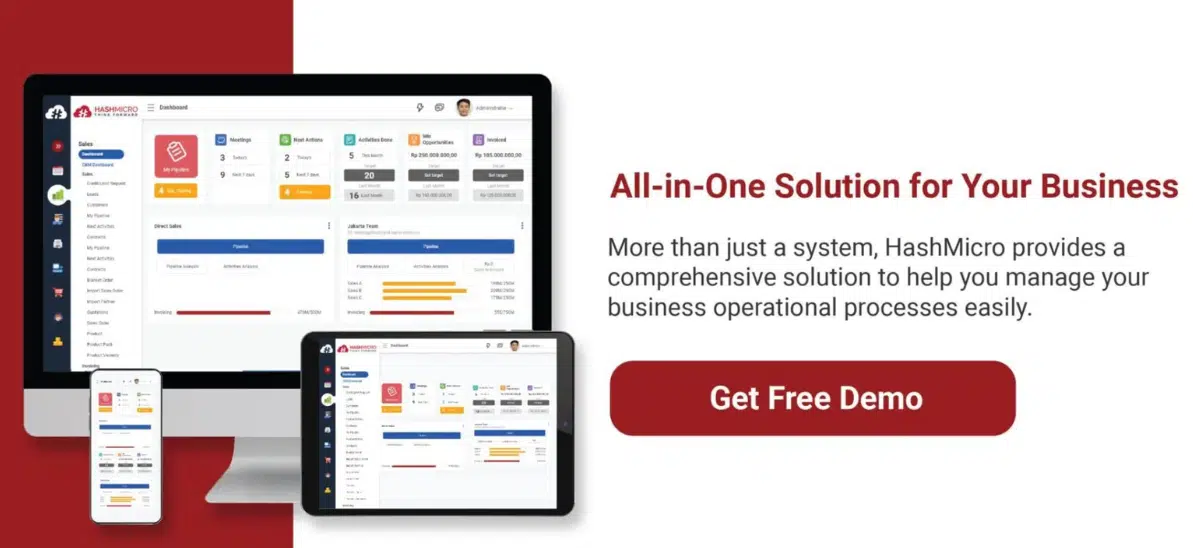
Key Takeaways
|
What is Workforce Analytics?
Workforce analytics refers to collecting and analyzing HR data to drive decisions and optimize business operations. Over the past years, to do workforce analytics requires a lot of time reading through the data and it needs lots of teams to complete.
Now, with modern analytics technology, businesses can quickly generate, process, and apply workforce data with ease. This enables employers to make smarter hiring decisions, optimize productivity, and improve workforce planning; all while reducing inefficiencies and boosting overall business performance.
What Makes Workforce Analytics Important?
Workforce analytics gives businesses real-time insights into employee performance, helping leaders optimize productivity and streamline operations. By identifying hiring trends, turnover risks, and engagement levels, companies can attract top talent, reduce recruitment costs, and build stronger teams.
It also enhances employee well-being and compliance by analyzing workload distribution and leave patterns, preventing burnout, and ensuring adherence to labor regulations. With automated tracking, businesses can reduce legal risks and administrative burdens.
Looking ahead, workforce analytics supports strategic workforce planning by forecasting skill gaps, optimizing team structures, and eliminating inefficiencies. With data-driven decisions, businesses can future-proof their workforce and stay ahead in Singapore’s competitive market.
How Workforce Analytics Benefits Your Business?
Workforce analytics is more than just tracking employee productivity; it’s about making smarter business decisions, optimizing operations, and building a thriving workplace. Here’s how it drives success across your organization:
-
Boosts productivity & employee engagement
With real-time insights into work patterns, employees can manage their tasks better, stay motivated, and avoid burnout. Giving them access to their own performance data fosters accountability, encourages professional growth, and improves overall efficiency.
-
Empowers managers with data-driven decisions
Understanding how teams work enables managers to provide better coaching, balance workloads, and recognize top performers. By identifying productivity trends and potential challenges early, managers can create strategies that enhance team collaboration and efficiency.
-
Improves talent retention & workforce planning
Hiring great talent is only half the battle, keeping them engaged and motivated is just as important. Workforce analytics training helps businesses spot turnover risks, understand employee satisfaction, and refine retention strategies. This leads to a more stable workforce and lower recruitment costs.
-
Ensures compliance & minimizes risks
Managing compliance manually can be overwhelming, but workforce analytics simplifies it. By automating work hour tracking, leave entitlements, and payroll calculations, businesses can reduce human errors, meet regulatory requirements, and avoid costly penalties.
-
Optimizes it & operational costs
Unused software and inefficient processes can drain resources. Workforce analytics helps businesses identify underutilized tools, cut unnecessary costs, and streamline operations. This ensures that every investment contributes to productivity and business growth.
-
Promotes workplace well-being & inclusion
A happy workforce is a productive one. By analyzing workload distribution and engagement levels, businesses can implement wellness initiatives, flexible work arrangements, and diversity programs that create a more inclusive and supportive work environment.
-
Supports long-term business growth & agility
Workforce planning analytics doesn’t just solve today’s challenges; it prepares businesses for the future. By identifying skill gaps, forecasting workforce needs, and adapting to industry trends, companies can stay ahead of the competition and build a resilient, high-performing team.
With workforce analytics, businesses in Singapore can unlock powerful insights, improve employee experiences, and drive sustainable growth in a dynamic market.
What are the Examples of Workforce Analytics?
Workforce analytics offers significant benefits when combined with data from platforms like HashMicro, Microsoft 365, Salesforce, Zendesk, Monday.com, and Jira.
By understanding employee activity and identifying patterns that drive success, businesses can optimize time and improve outcomes. Here are some examples of how workforce data analytics can make a difference:
-
Improved use of space:
Workforce analytics help businesses understand which teams benefit from in-person collaboration and how often they need to come into the office. This insight enables businesses to optimize workspace usage, accommodate remote or hybrid work models, and create policies that support both work-life balance and business needs.
-
Better time management:
Analytics help track meeting productivity, revealing whether employees are multitasking or disengaged. By spotting these signs, companies can streamline meetings, making them more focused and impactful, ultimately reducing the hidden costs of ineffective discussions.
-
Greater engagement and preventing burnout:
Workforce analytics highlight warning signs of burnout by tracking employee engagement levels and workload. Companies can use this data to prevent burnout, adjust workloads, and improve employee well-being, fostering a healthier and more productive workforce.
-
Promoting fairness and equal opportunities:
Workforce analytics helps identify differences in hiring, promotions, and compensation across various employee groups. By uncovering these insights, businesses can refine their policies to ensure fairness and provide equal opportunities for all employees.
-
Optimizing employee training and development:
By analyzing training data, businesses can assess the effectiveness of their programs. This allows them to design targeted development plans, ensuring employees acquire the skills needed for personal and organizational growth.
-
Predictive workforce planning:
Analytics can forecast workforce trends, helping businesses anticipate future talent needs or turnover risks. This data supports strategic decisions on recruitment and talent management, ensuring companies stay ahead of industry changes.
By combining insights from these areas, workforce analytics empowers businesses to make informed decisions, improve operations, and cultivate a productive, engaged workforce.
What are the Types of Workforce Data?
Workforce data is essential for optimizing business operations, improving employee performance, and making informed decisions. It can be broken down into four primary types: descriptive, predictive, prescriptive, and diagnostic, each offering unique insights to enhance your workforce management system.
-
Descriptive Workforce Data
Descriptive data offers a snapshot of your workforce, including demographics, job roles, and performance. This foundational information helps businesses understand current trends, performance levels, and resource distribution, setting the stage for more advanced analyses.
-
Predictive workforce analytics
Predictive analytics uses historical data to forecast future trends, such as turnover or skills gaps. By spotting potential risks early, businesses can proactively address issues like talent shortages or retention challenges, ensuring better workforce planning.
-
Prescriptive Workforce Analytics
Prescriptive analytics builds on predictive insights by recommending actions to achieve desired outcomes. For example, if high turnover is predicted, prescriptive analytics suggests strategies like targeted retention programs to address the issue.
-
Diagnostic workforce analytics
Diagnostic analytics reviews past data to identify the causes of workforce successes or failures. This helps businesses uncover issues such as low engagement or inefficiencies, allowing for targeted interventions to optimize performance.
By utilizing descriptive, predictive, prescriptive, and diagnostic workforce analytics, companies gain a comprehensive understanding of their workforce and are better equipped to make data-driven decisions that enhance performance, employee satisfaction, and overall business success.
Additionally, there are other valuable data types that contribute to a holistic view of your workforce:
- Real-Time Data: Provides immediate insights into employee activities, enabling companies to react quickly to challenges and optimize day-to-day operations.
- Employee Sentiment and Feedback Data: Helps gauge employee morale and engagement through surveys and feedback, enabling businesses to create a more positive work environment and improve retention rates.
- Benchmarking Data: Compares your workforce performance to industry standards or competitors, helping you identify areas for improvement and stay competitive in the market.
- Qualitative Data: Gathers deeper insights into employee motivations, challenges, and experiences, allowing companies to better understand their workforce beyond just numbers.
Who Can Benefit from Using Workforce Analytics in Their Organization?
Workforce data analytics can benefit a wide range of stakeholders across an organization. HR professionals can leverage insights to optimize talent acquisition, streamline employee development, and improve retention strategies.
Managers can use workforce analytics to monitor team performance, identify skill gaps, and enhance productivity, ultimately leading to stronger team dynamics. Executives can rely on data-driven insights to make strategic decisions, forecast workforce trends, and ensure alignment with business goals.
Additionally, IT departments can use workforce analytics to optimize technology usage and streamline operational processes. In essence, workforce analytics empowers decision-makers at every level to make informed choices that drive efficiency, engagement, and business success.
How to Effectively Implement Workforce Analytics?
Workforce analytics is a powerful tool for gaining insights that can drive strategic decision-making. By harnessing data, businesses can optimize employee performance, streamline operations, and improve overall efficiency.
The key to successful implementation lies in understanding how to effectively collect, analyze, and apply workforce data to address specific business challenges. With the best workforce management software, it can be a game-changer, helping organizations make informed decisions that align with their goals.
Here’s a step-by-step guide to making the most of this data-driven approach:
-
Align with your business goals:
Start by clearly defining your business objectives. Understand where workforce analytics can have the most impact in planning, whether it’s by boosting productivity, improving employee engagement, or optimizing operational processes. Aligning your goals with analytics ensures the outcomes are actionable and relevant.
-
Engage key stakeholders:
Collaboration is key. Involve key departments such as HR, IT, finance, and leadership from the start. Early communication helps align data collection with business needs and ensures that all necessary perspectives are considered. This also ensures smoother implementation and adoption across the organization.
-
Establish data governance:
Effective data governance is the foundation of any successful analytics strategy. Set clear processes for collecting, storing, and reporting data. Create a data-quality framework to maintain consistency and accuracy, and ensure your team adheres to privacy rules and compliance standards.
-
Integrate data from multiple sources:
For a comprehensive analysis, integrate data from beyond just HR. Include data from departments like finance, sales, and operations to see the broader impact of workforce decisions on organizational performance. This holistic approach gives you more complete insights and drives better decision-making.
-
Benchmark and compare performance:
Leverage industry benchmarks and compare your organization’s data against competitors. Using reliable, up-to-date external data allows you to measure your performance and identify areas where you can improve or innovate.
-
Develop analytical skills in your team:
Equip your team with the skills they need to analyze and interpret workforce data effectively. Training your HR team and business leaders on how to translate complex data into clear, actionable insights will ensure better decision-making and a stronger data-driven culture.
-
Use insights for real-world action:
The ultimate goal of workforce analytics is to turn insights into action. Use the findings to improve recruitment processes, enhance employee retention, optimize talent management, and drive organizational growth. By acting on data-driven insights, your business can stay competitive and responsive to market changes.
By following these steps, businesses in Singapore can successfully implement workforce analytics and unlock the full potential of their workforce. This approach not only enhances productivity but also fosters a data-driven culture that supports long-term success.
Conclusion
Workforce analytics gives businesses a competitive edge by using data to make informed decisions. It helps optimize recruitment, enhance productivity, and create a better work environment. For businesses in Singapore, the importance of effective workforce management cannot be overstated.
From hiring the right talent to maintaining a smooth operational flow, every aspect of human resources benefits from data-driven strategies. That’s why HashMicro’s Workforce Analytics Software provides a comprehensive solution to help businesses navigate these challenges.
Our Employee Probation Management feature ensures you can evaluate talent effectively. Meanwhile our comprehensive In-Depth Leaves, Payroll, Expenses, Overtime, and Attendance Reporting improve data accuracy for better decision-making.
Additionally, our Roster and Dynamic Employee Working Schedule Management feature allows for optimal workforce allocation, ensuring efficiency and flexibility. We invite you to try our free demo and see how our software can elevate your business to new heights.
